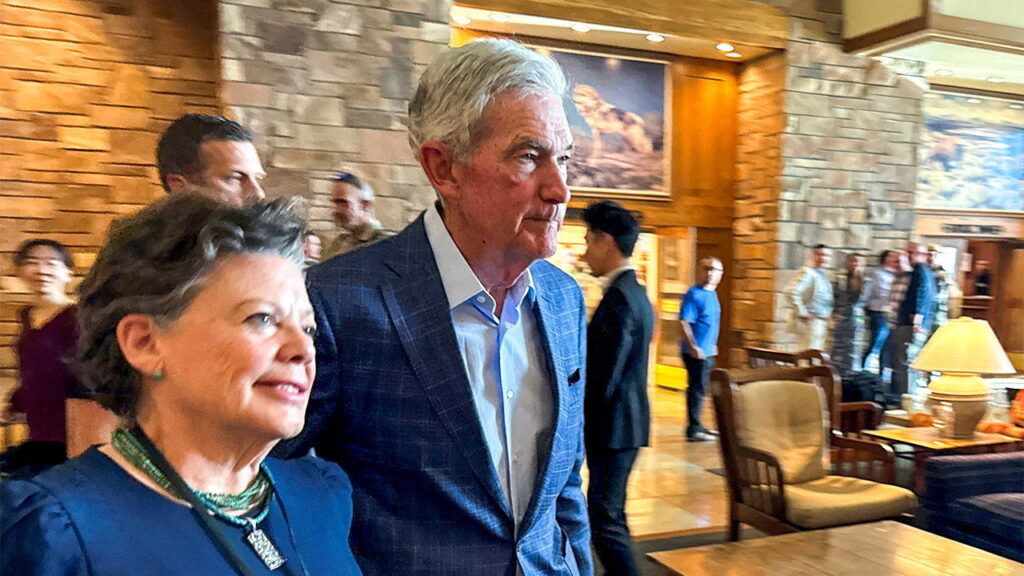Economists and investors, whose eyes are often fixed on graphs and charts, may find a striking similarity between the jagged peaks of the Teton mountains and financial trend lines. These majestic mountains, which serve as a dramatic backdrop, are the setting for one of the most eagerly anticipated events in the financial world: the annual speech by the chair of the Federal Reserve at a conference in Jackson Hole, nestled in the valley below the towering Teton range. This year, on August 23rd, Jerome Powell took the stage and delivered a speech that did not disappoint.
Powell’s message was clear: after a period of raising interest rates at a pace as steep as the slopes of the Teton mountains, the Federal Reserve was now prepared to begin the descent. This shift in policy marked a significant change for the central bank, which had been on a path of gradual tightening in response to a strong economy and rising inflation. Powell emphasized the importance of being flexible and data-driven in monetary policy, indicating that future rate hikes would be contingent on economic conditions and data.
The decision to shift towards a more cautious approach to monetary policy reflects the evolving landscape of the global economy. Uncertainty surrounding trade tensions, geopolitical risks, and slowing global growth have raised concerns about the outlook for the US economy. Powell acknowledged these risks in his speech, highlighting the importance of monitoring developments and being prepared to adjust policy as needed.
In addition to signaling a more dovish stance on interest rates, Powell’s speech also addressed the Federal Reserve’s balance sheet. The central bank had previously been reducing the size of its balance sheet by allowing assets to roll off without reinvestment. Powell indicated that the Fed would soon announce plans to stop this process, effectively ending the balance sheet normalization that had been a key part of its post-crisis monetary policy.
The shift in tone from the Federal Reserve has been welcomed by investors, as evidenced by the market’s reaction to Powell’s speech. Stock prices rose and bond yields fell following his remarks, reflecting increased confidence that the central bank would take a more accommodative stance in response to evolving economic conditions. The Fed’s pivot towards a more dovish policy has also been supported by recent data, which has shown signs of a slowdown in key sectors of the economy.
Looking ahead, the focus will be on how the Federal Reserve navigates the shifting economic landscape and communicates its policy decisions to the public. Powell’s speech at Jackson Hole marked the beginning of a new chapter for the central bank, one that emphasizes flexibility and data-dependence in the face of uncertainty. As economists and investors continue to monitor developments, the Teton mountains will serve as a reminder of the challenges and opportunities that lie ahead in the ever-changing world of finance.



